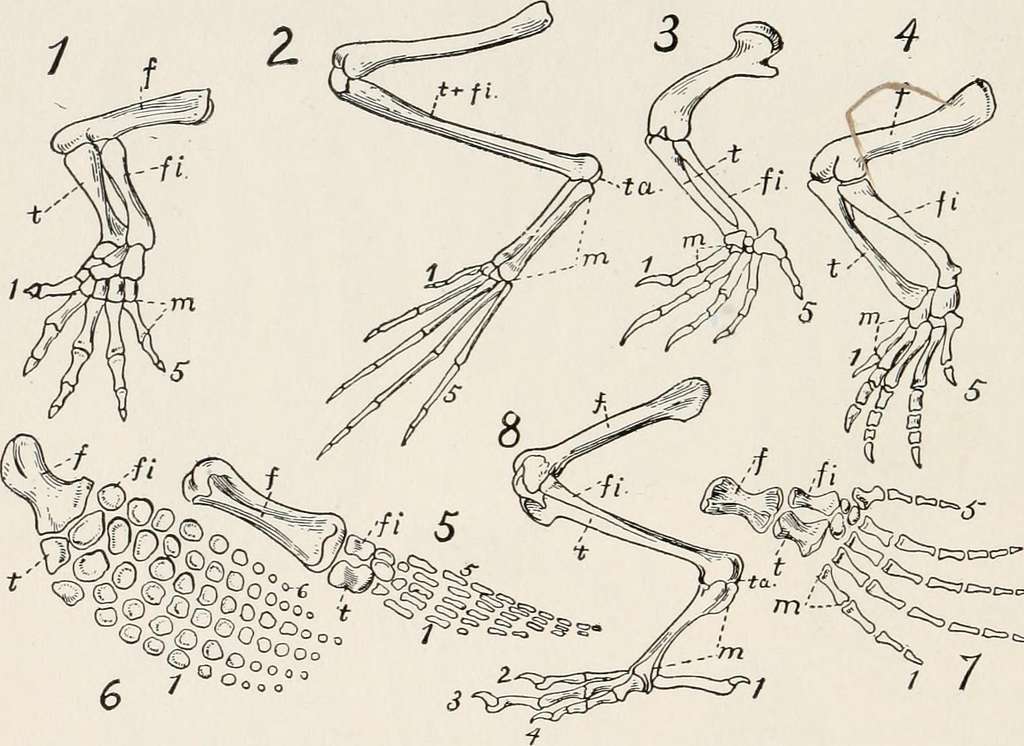Biological Evolution: Key Concepts and Natural Selection
Origin of Evolution: Biological evolution, driven by natural selection, began when cellular life forms with variations in metabolic capabilities emerged on Earth.
Darwinian Theory: Charles Darwin’s theory of evolution centers around the concept of natural selection, which is the key mechanism responsible for the appearance of new life forms.
Rate of Evolution: The rate at which new forms appear is linked to the life cycle or lifespan of organisms. Microbes, with fast reproduction rates, can multiply rapidly, leading to the emergence of new variants in days. In contrast, animals like fish or birds, with longer lifespans, require millions of years for significant evolutionary changes.
Fitness and Adaptation: The fitness of a population or variant depends on its ability to adapt to changing environmental conditions. Fitness is the result of the ability to survive and reproduce in an evolving world. These adaptive traits are inherited and have a genetic basis.
Key Concepts of Darwinian Theory:
- Branching Descent: New species evolve from common ancestors and diverge over time, creating a branching pattern of descent.
- Natural Selection: Nature selects for individuals with advantageous traits, leading to their increased survival and reproduction. Over many generations, this process results in new forms.
Lamarck’s Theory: Before Darwin, French naturalist Lamarck proposed that the use and disuse of organs led to the evolution of life forms. He suggested that traits acquired during an organism’s lifetime could be passed on to future generations. However, this theory is no longer accepted.
Evolution as a Process: Evolution is both a process and a result. When describing the history of life on Earth, it is considered the consequence of the process of natural selection. It represents the successful outcomes of evolving life forms. Whether to view evolution and natural selection as processes or end results is a topic of ongoing debate.
Influence of Thomas Malthus: Thomas Malthus’s work on populations likely influenced Darwin’s thinking. Natural selection is based on factual observations, including limited natural resources, stable population sizes, and inherited variations. Competition for resources among individuals results in differential survival and reproduction.
Darwin’s Insight: Darwin’s brilliant insight was that heritable variations that enhance resource utilization in specific individuals better adapt them to their habitat. These individuals leave more offspring over many generations, leading to population characteristic changes and the emergence of new forms.


